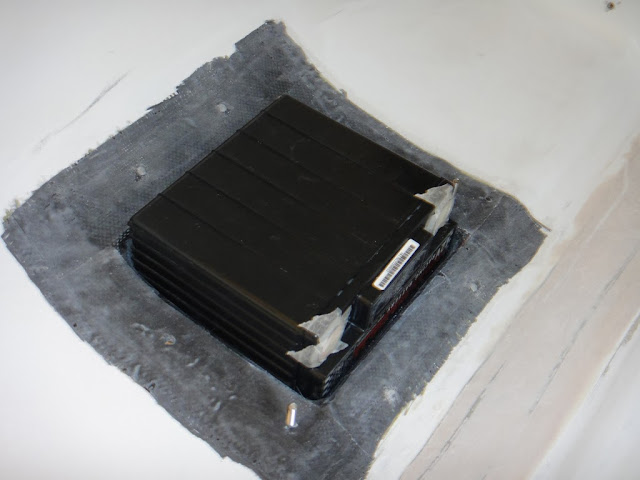I've been getting on with the wiring, doing what I can before the painting of the cockpit.
I have painted the fuse box holder - the outside can be painted later to match the cockpit but I am happy for the inside just to be grey primer.
I've also fitted some brushes to the throttle/brake assembly hole so that no foreign objects can find their way down there. I just cut-down a door draft excluder that I bought from a local hardware shop. Seems to work pretty well.
As you will see below I've also decided to fit some switch guards to the outer ends of the bank of switches. They are made from stainless and will prevent any inadvertent switch throwing by a trouser leg catching on the outer switches.
The ammeter shunt and it's cover are all done. Just have to wire them up now.
An update with the wheels and brakes. After contacting the factory to clarify, the axles do indeed need an 8mm thread cutting into them. As I have the fixed gear I should have used a 6mm bolt through the gear leg, axle and brake (rather than the 8mm one I used). It's no great harm done to use the 8mm in my opinion.
As you can see the brake needs to be aligned with the gear leg - 120 degrees - then drilled through the 8mm hole (6 if you're doing it right!). Then I put a short 8mm bolt through the axle and brake and tightened that up to hold it in place while I drilled out the three 6mm holes into the brake.
I'm off on holiday for 2 weeks tomorrow (my first holiday since starting the kit) so there won't be another blog update for about 3 weeks.
I'm off to the Yucatan peninsula for some sun and snorkelling plus a trip to several Mayan ruins.
See you in the New Year.
 |
| Ammeter shunt with it's cover in place |
 |
| Lining up the brake with the gear leg - 120 degrees |
 |
| Clamping the brake before drilling through the 8mm hole. |
 |
| Short 8mm bolt through the axle and brake before drilling out the x3 6mm holes |
 |
| Brushes for the throttle/brake assembly hole |
 |
| Fuse box holder all painted up with primer |
 |
| Brushes flocked in place |
 |
| Switch guards at either end. |
 |
| Getting some wiring done ahead of time |














































